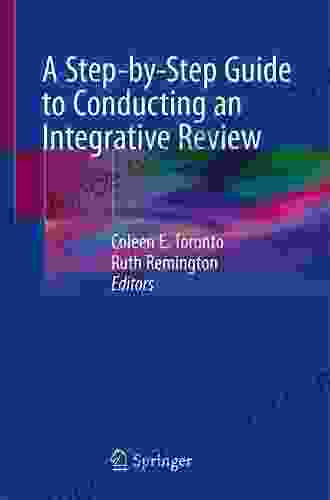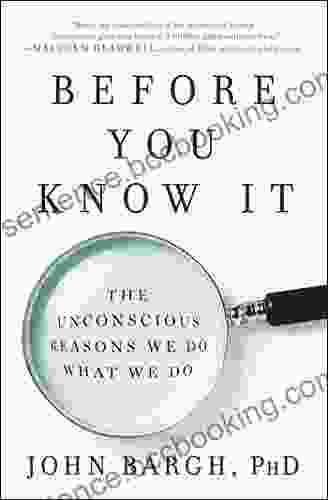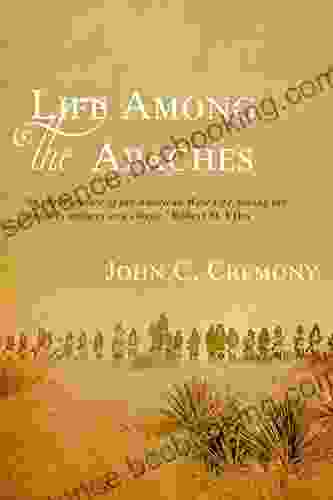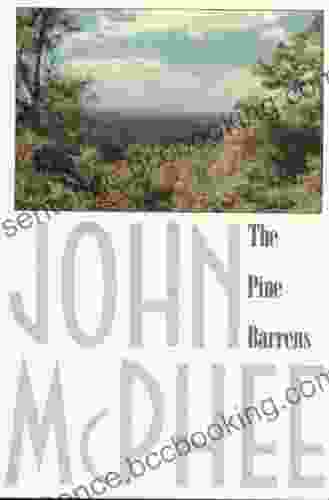Step-by-Step Guide to Conducting an Integrative Review: Unlock the Secrets of Evidence Synthesis

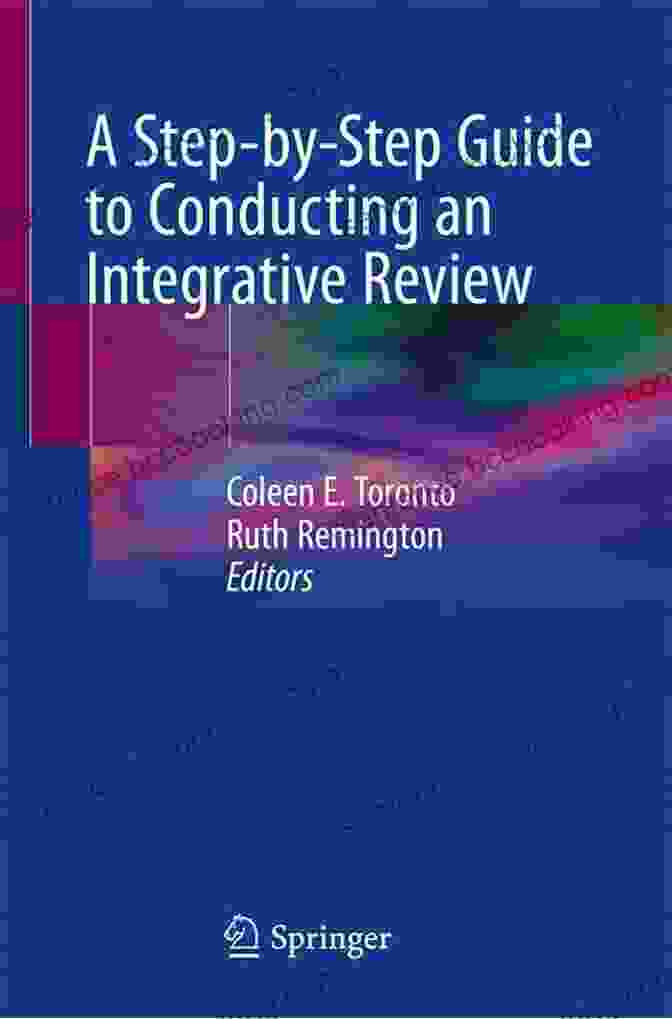
In today's rapidly evolving research landscape, effectively synthesizing and interpreting multiple studies is crucial for advancing knowledge and informing decision-making. An integrative review, a rigorous research method, provides a comprehensive and systematic approach to combining and analyzing existing research findings. This comprehensive guide offers a step-by-step roadmap to conducting an integrative review, empowering you to navigate the complexities of evidence synthesis with ease.
4.5 out of 5
| Language | : | English |
| File size | : | 3939 KB |
| Text-to-Speech | : | Enabled |
| Screen Reader | : | Supported |
| Enhanced typesetting | : | Enabled |
| Print length | : | 191 pages |
Step 1: Define Your Research Question and Objective
The foundation of your integrative review lies in clearly defining your research question and objective. Your question should be specific, focused, and answerable through the synthesis of existing literature. Consider the following elements:
- Identify the topic or area of interest.
- Specify the population or context of your study.
- Formulate a research question that begins with "What," "How," or "Why."
- Determine the primary objective of your review, such as identifying common themes, synthesizing findings, or evaluating the effectiveness of interventions.
Step 2: Search and Gather Relevant Literature
To gather relevant literature, employ a comprehensive search strategy that encompasses various databases, search engines, and reference lists. Follow these steps:
- Identify relevant keywords and search terms.
- Utilize Boolean operators (AND, OR, NOT) to refine your search.
- Consider using search filters to limit your results by study type, date, or other criteria.
- Manually search reference lists of identified articles to discover additional relevant studies.
Step 3: Screen and Select Studies
Evaluate and select studies based on predefined inclusion and exclusion criteria. This ensures the quality and relevance of your review:
- Define eligibility criteria based on your research question and objective.
- Use a structured screening process to assess each study against your criteria.
- Include studies that meet your criteria and exclude those that do not.
- Document your screening and selection process to ensure transparency.
Step 4: Extract and Analyze Data
Extract and analyze relevant data from the selected studies to synthesize the evidence. This involves:
- Designing a data extraction form to capture key information from each study.
- Extracting data systematically and accurately.
- Coding or categorizing data to facilitate analysis and synthesis.
- Applying analytical techniques, such as thematic analysis or meta-analysis, to interpret the extracted data.
Step 5: Synthesize and Interpret Findings
Synthesize the extracted data to identify patterns, themes, and relationships across studies. This involves:
- Comparing and contrasting findings from different studies.
- Identifying common themes or threads that emerge from the analysis.
- Developing a narrative or conceptual framework to present your synthesis.
- Interpreting the findings in relation to your research question and objective.
Step 6: Discuss Implications and Limitations
Discuss the implications of your findings for practice, research, and policy. This involves:
- Highlighting the practical significance of your findings.
- Identifying areas for further research or policy development.
- Acknowledging the limitations of your review and discussing potential threats to validity.
- Drawing s and making recommendations based on your synthesis.
Conducting an integrative review is a rigorous and systematic process that empowers researchers, practitioners, and decision-makers to synthesize evidence and inform their work. By following the steps outlined in this guide, you can navigate the complexities of evidence synthesis with confidence and produce a comprehensive and insightful integrative review. Remember, the key to a successful review lies in adhering to research principles, ensuring transparency, and embracing a critical and reflective approach to interpreting the evidence.
4.5 out of 5
| Language | : | English |
| File size | : | 3939 KB |
| Text-to-Speech | : | Enabled |
| Screen Reader | : | Supported |
| Enhanced typesetting | : | Enabled |
| Print length | : | 191 pages |
Do you want to contribute by writing guest posts on this blog?
Please contact us and send us a resume of previous articles that you have written.
 Book
Book Novel
Novel Page
Page Chapter
Chapter Text
Text Story
Story Genre
Genre Reader
Reader Library
Library Paperback
Paperback E-book
E-book Magazine
Magazine Newspaper
Newspaper Paragraph
Paragraph Sentence
Sentence Bookmark
Bookmark Shelf
Shelf Glossary
Glossary Bibliography
Bibliography Foreword
Foreword Preface
Preface Synopsis
Synopsis Annotation
Annotation Footnote
Footnote Manuscript
Manuscript Scroll
Scroll Codex
Codex Tome
Tome Bestseller
Bestseller Classics
Classics Library card
Library card Narrative
Narrative Biography
Biography Autobiography
Autobiography Memoir
Memoir Reference
Reference Encyclopedia
Encyclopedia Tom Weaver
Tom Weaver John Browne
John Browne Jo Tatchell
Jo Tatchell Lauren Hartmann
Lauren Hartmann Kythera Of Anevern
Kythera Of Anevern Thomas C Oden
Thomas C Oden Linda Ronstadt
Linda Ronstadt Joel Richard Paul
Joel Richard Paul Natascha Biebow
Natascha Biebow John Delucie
John Delucie Jm Guillen
Jm Guillen Michael Bateman
Michael Bateman Sandra Wendel
Sandra Wendel Joe Chilson
Joe Chilson Katori Hall
Katori Hall Laura Bashar
Laura Bashar Jim Shea
Jim Shea Mary Grace Fahrun
Mary Grace Fahrun Jing Wang
Jing Wang Lisa Black
Lisa Black
Light bulbAdvertise smarter! Our strategic ad space ensures maximum exposure. Reserve your spot today!
 Clark BellFollow ·13.6k
Clark BellFollow ·13.6k Federico García LorcaFollow ·3.9k
Federico García LorcaFollow ·3.9k W. Somerset MaughamFollow ·12.2k
W. Somerset MaughamFollow ·12.2k Noah BlairFollow ·16.6k
Noah BlairFollow ·16.6k Scott ParkerFollow ·11.7k
Scott ParkerFollow ·11.7k Thomas PynchonFollow ·19.1k
Thomas PynchonFollow ·19.1k Christopher WoodsFollow ·5.8k
Christopher WoodsFollow ·5.8k Gabriel Garcia MarquezFollow ·14.1k
Gabriel Garcia MarquezFollow ·14.1k

 Jesus Mitchell
Jesus MitchellDiscover the World of Satisfying Meals with Or...
In a world where culinary creations often...
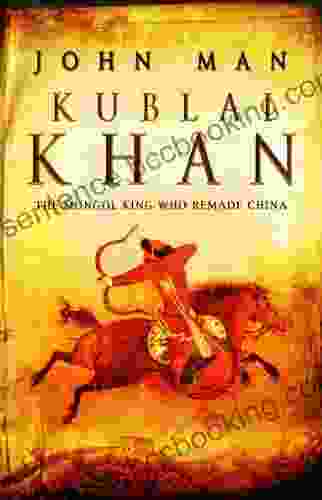
 Darius Cox
Darius CoxJourney into the Extraordinary Life of Kublai Khan: An...
Immerse Yourself in the Fascinating...
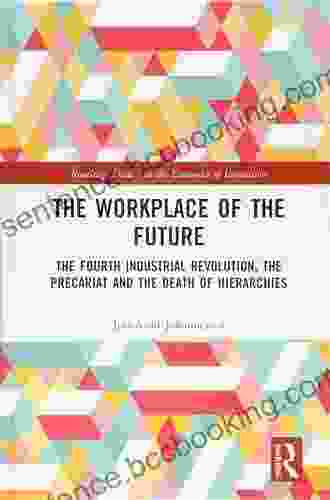
 Gil Turner
Gil TurnerThe Fourth Industrial Revolution: The Precariat and the...
In his groundbreaking book, The Fourth...
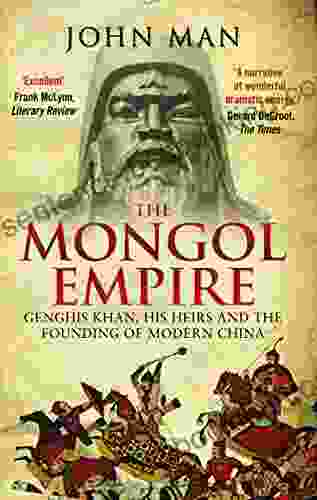
 Jonathan Franzen
Jonathan FranzenGenghis Khan: His Heirs and the Founding of Modern China
Genghis Khan, the...
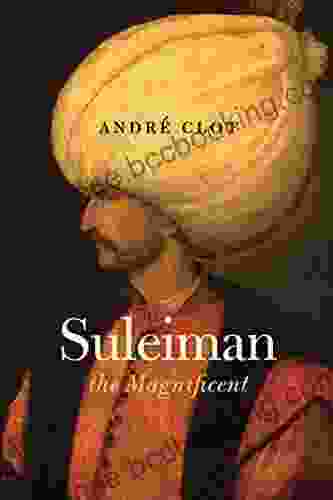
 Eugene Powell
Eugene PowellJourney Through the Golden Age of the Ottoman Empire with...
Delve into the Enchanting World of the...
4.5 out of 5
| Language | : | English |
| File size | : | 3939 KB |
| Text-to-Speech | : | Enabled |
| Screen Reader | : | Supported |
| Enhanced typesetting | : | Enabled |
| Print length | : | 191 pages |


